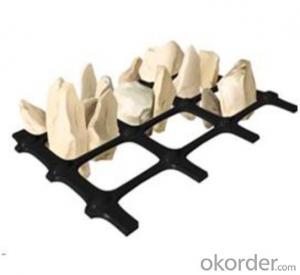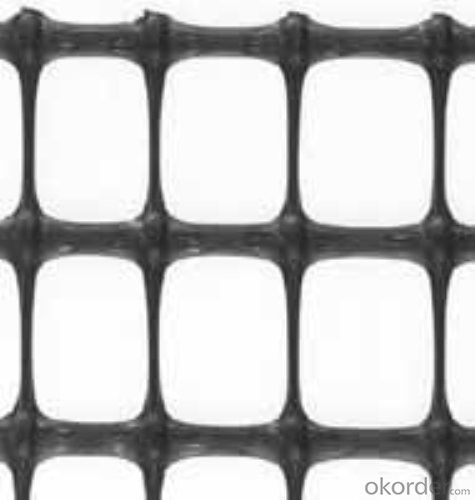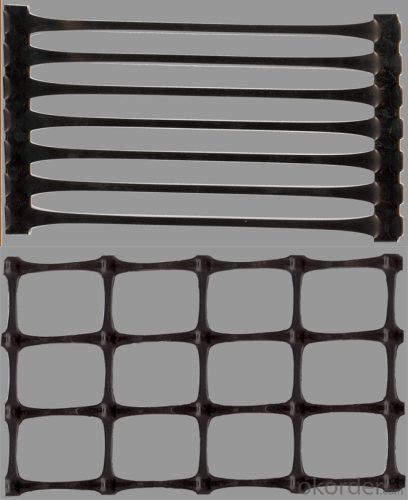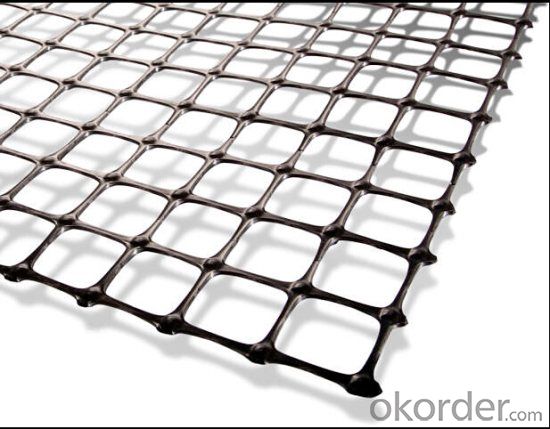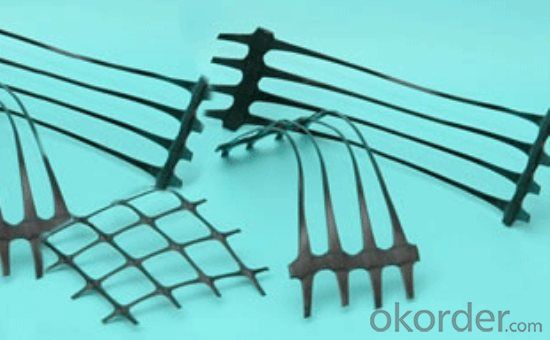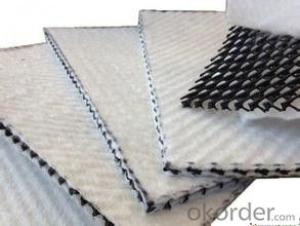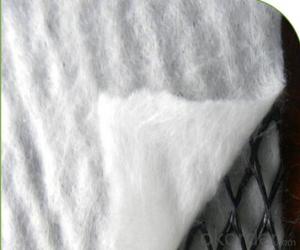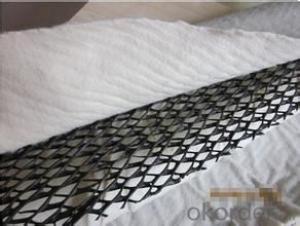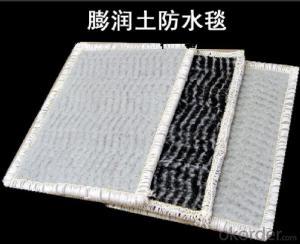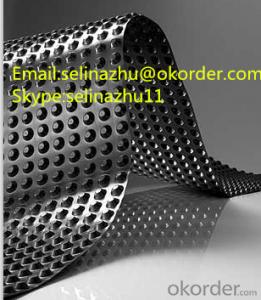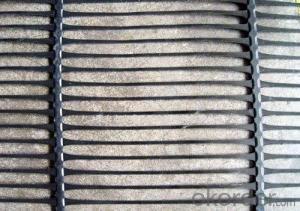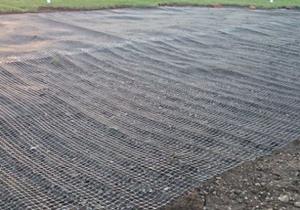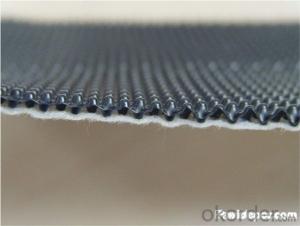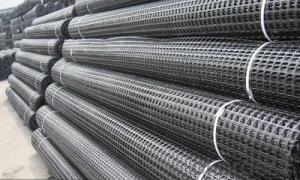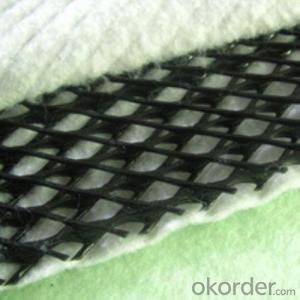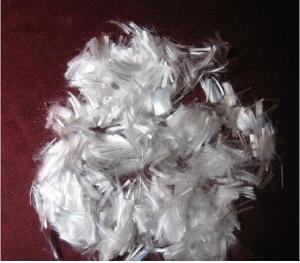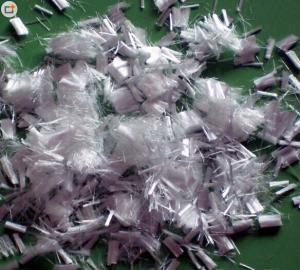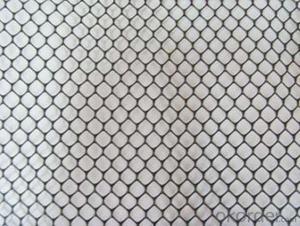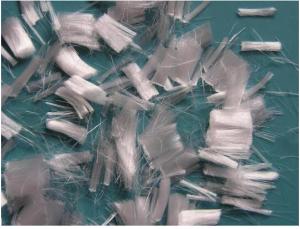Geogrid Synthetic for Architectural Engineering
- Loading Port:
- Qingdao
- Payment Terms:
- TT or LC
- Min Order Qty:
- 5000 m²
- Supply Capability:
- 100000 m²/month
OKorder Service Pledge
OKorder Financial Service
You Might Also Like
Geogrid Synthetic for Architectural Engineering
Description Of Geogrid Synthetic for Architectural Engineering
The soil engineering grid is one of the main materials for the synthesis of the soil. It has a unique performance and effect compared with other synthetic materials.
The reinforced earth structures are often used as reinforcement materials or composite materials, etc..
Geogrid are classified into four categories: Plastic geotechnical grille, steel geotechnical grille, glass fiber geogrid and polyester warp knitting polyester geotechnical grille.
Main Features of Geogrid Synthetic for Architectural Engineering
The polymer in the manufacture of plastic clay grid will be re aligned with the heating process and the orientation of the polymer, strengthening the link between the molecular chain, to achieve the purpose of improving the strength of the polymer. Its elongation is only 10% to 15% of the original plate. If in geogrid adding carbon black anti aging materials, which has good acid resistance, alkali resistance, corrosion resistance and anti-aging etc. durability.
Applications of Geogrid Synthetic for Architectural Engineering
This product is mainly used in coal mine underground mining to help, can be used as a bolt roadway, supporting the roadway, bolt shotcrete roadway and other supporting materials. When used at the top of the double layer, the double layer is used in combination.
IMages of Geogrid Synthetic for Architectural Engineering
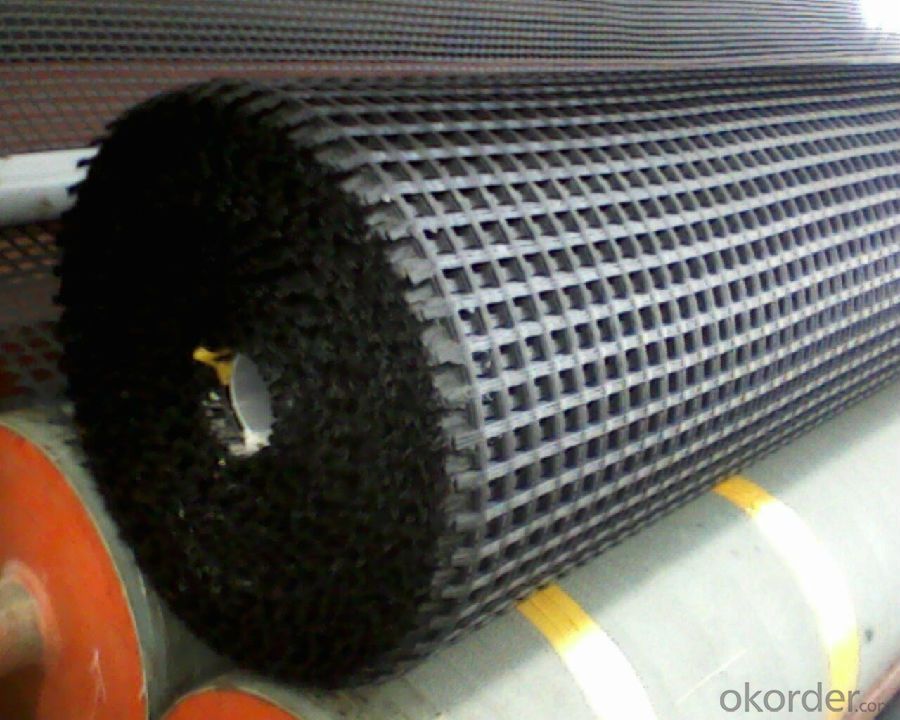
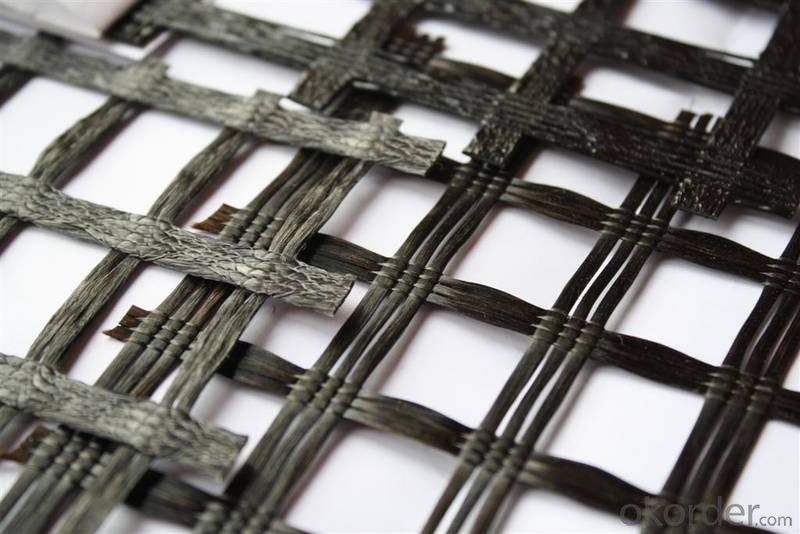
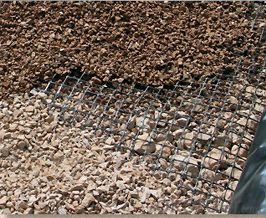
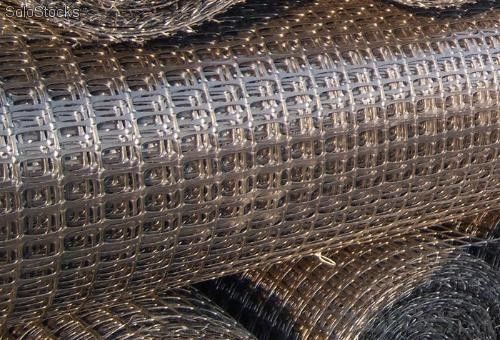
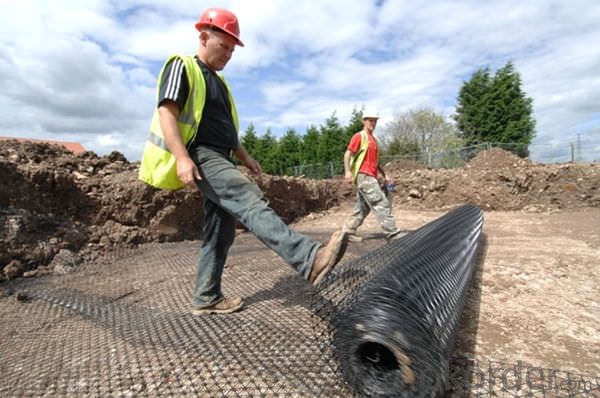
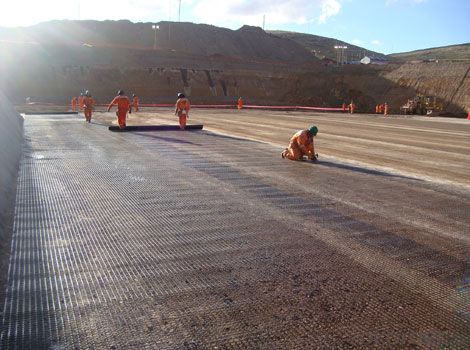
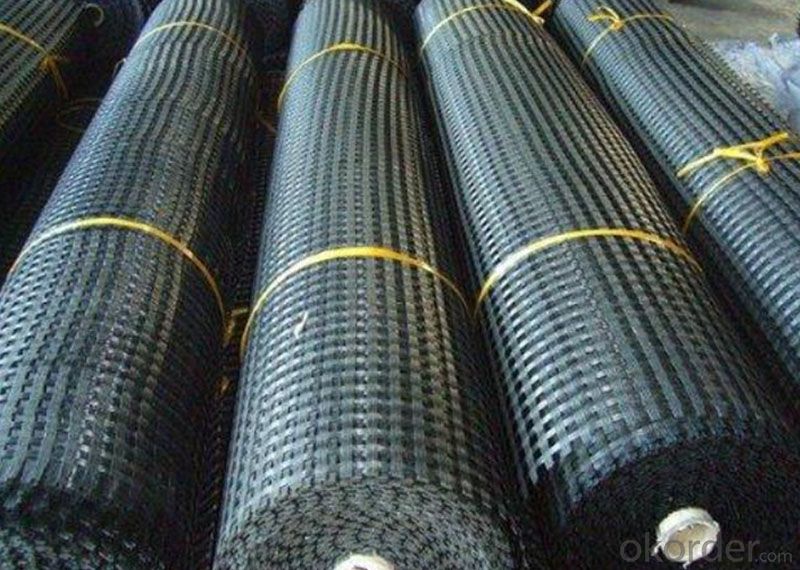
FAQ:
1. What are we supplying?
We are specialized in producing .geotextile , geocell, geogrid, geomembrane
2. How Many years experience do we have?
We have been exported to more than 15 countries in the past 10 years.
3. How long do we usually reply your request?
We always reply our customer within 12 hours.
- Q: How do geotextile tubes work in dewatering and shoreline protection projects?
- Geotextile tubes are used in dewatering and shoreline protection projects by acting as containment structures for sediment, sludge, or water. They are typically filled with the material to be contained, and the permeable geotextile fabric allows water to drain out while retaining the solids. This dewatering process helps in removing excess water and reducing the volume of the material, making it easier to handle and dispose of. Additionally, when used for shoreline protection, geotextile tubes act as a barrier against erosion, preventing sediment from washing away and maintaining the stability of the shoreline.
- Q: What are the different types of geosynthetics used in earthwork applications?
- There are several types of geosynthetics used in earthwork applications, including geotextiles, geogrids, geomembranes, geocomposites, and geocells.
- Q: Can geotextile tubes be used for shoreline protection?
- Yes, geotextile tubes can be used for shoreline protection. They are commonly used in coastal engineering projects to create or strengthen protective barriers along shorelines. Geotextile tubes act as a containment system for soil, sand, or other materials, effectively preventing erosion and reducing wave impact. They offer a cost-effective and environmentally friendly solution for shoreline protection.
- Q: Are geosynthetics resistant to chemical degradation?
- Yes, geosynthetics are generally resistant to chemical degradation. They are designed with materials that have a high level of chemical resistance, allowing them to withstand exposure to various chemicals without significant degradation or deterioration.
- Q: What are the specific applications of geosynthetics in earthwork projects?
- Geosynthetics have various applications in earthwork projects, including erosion control, soil reinforcement, drainage systems, and waste containment. They are commonly used as geotextiles to prevent soil erosion and stabilize slopes, as geogrids to reinforce soil and improve load-bearing capacity, and as geocomposites for drainage and filtration purposes. Additionally, geosynthetics are utilized in the construction of landfills, reservoirs, and dams to provide effective containment of waste materials and water. Overall, geosynthetics play a crucial role in enhancing the performance, durability, and sustainability of earthwork projects.
- Q: Can geosynthetics be used for reinforcement in landslide mitigation?
- Yes, geosynthetics can be used for reinforcement in landslide mitigation. Geosynthetics such as geotextiles, geogrids, and geomembranes can enhance the stability of slopes by providing reinforcement, erosion control, and water drainage. These materials can be used to strengthen the soil, reduce the risk of landslides, and prevent or reduce the movement of soil and rock masses.
- Q: Can earthwork products be used in erosion control on construction sites?
- Yes, earthwork products can be used in erosion control on construction sites. These products, such as erosion control blankets, silt fences, and sediment basins, can effectively prevent soil erosion and sediment runoff, protecting the construction site and surrounding areas from environmental damage.
- Q: How do geocells help in soil stabilization?
- Geocells help in soil stabilization by confining and reinforcing the soil, preventing erosion and improving load-bearing capacity. The interconnected cells form a grid-like structure that provides stability and support, preventing soil movement and maintaining its integrity. Additionally, the cells can be filled with various materials, such as gravel or sand, which further strengthen the soil and enhance its stability.
- Q: What are the advantages of using geotextile tubes for canal restoration?
- There are several advantages of using geotextile tubes for canal restoration. Firstly, geotextile tubes provide a cost-effective solution as they are typically less expensive than traditional methods such as concrete lining. Secondly, these tubes are easy to install and can be quickly deployed, saving time and labor during the restoration process. Additionally, geotextile tubes are environmentally friendly as they are made from permeable fabric that allows water to flow through while retaining sediment, preventing erosion and promoting natural habitat restoration. Lastly, these tubes are highly durable and resistant to weather and UV degradation, ensuring long-term functionality and effectiveness in canal restoration projects.
- Q: What are the benefits of using geotextile tubes for dewatering?
- Geotextile tubes offer several benefits for dewatering projects. Firstly, they provide a cost-effective solution compared to traditional methods like mechanical dewatering. They can be easily transported and deployed, reducing labor and equipment costs. Secondly, geotextile tubes are efficient in separating solids from liquids, allowing for faster dewatering and reduced drying time. They also have a high capacity for retaining solids, minimizing the need for additional disposal sites. Lastly, geotextile tubes are environmentally friendly, as they help in sediment control and prevent contaminants from entering nearby water bodies.
Send your message to us
Geogrid Synthetic for Architectural Engineering
- Loading Port:
- Qingdao
- Payment Terms:
- TT or LC
- Min Order Qty:
- 5000 m²
- Supply Capability:
- 100000 m²/month
OKorder Service Pledge
OKorder Financial Service
Similar products
Hot products
Hot Searches
Related keywords
